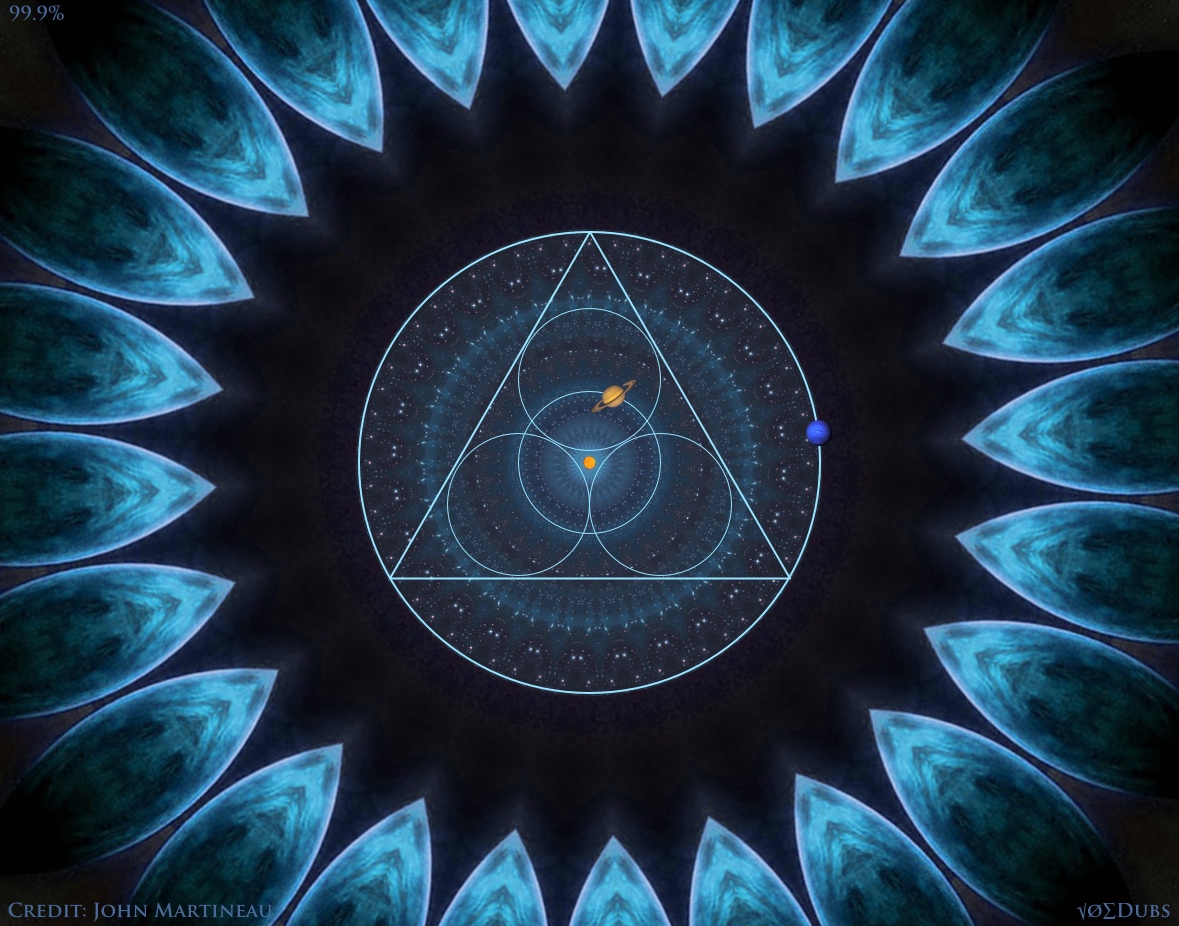The Golden Geometry of Phi

It’s important to understand where the most ubiquitous ratio in nature is found by using simple geometry. The golden geometry of phi. The divine proportion (the golden mean, Phi, the golden number, Fibonacci’s number) creates fractal expansion and contraction which creates life as we know it. The square root of five can sound scary, but when it is visually represented it’s not as frightening. The square root of 5 (the cross section of a double square) is essential in the formula for Phi. It’s encoded everywhere from our dna to the geometry of a nautilus shell to the milky way. Phi is found in plants though phyllotaxis, or the way the leaves arrange themselves around the stem. They rotate in golden angles. 222.5 degrees is golden among the 360. “The harmony of the world is made manifest in Form and Number, and the heart and soul…


